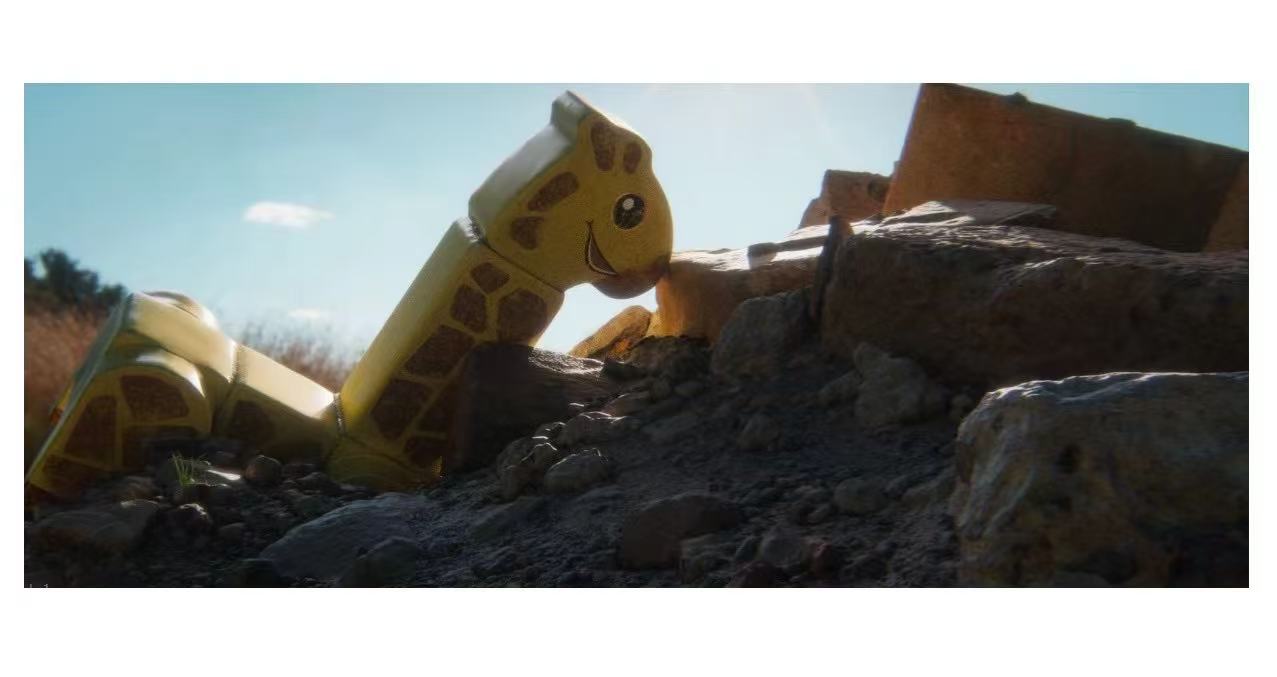It’s rare to find a lighting artist whose name carries weight across both the Chinese animation world and international VFX circles. But Yi Yao’s quiet, deliberate influence on films like Deep Sea and the forthcoming The Girl Who Stole Time is changing the conversation around what visual storytelling can look like—and feel like. With The Girl Who Stole Time (Shi Jian Zhi Zi), a romantic fantasy feature in production at Ain Star Studio, Yao stepped into a leadership role that placed her at the heart of the film’s visual development. As the Key Shot Lighting Artist, she wasn’t just responsible for how the film looked—she helped determine how it felt.
We sat down with Yi Yao (also known by her artist moniker Yih Yao) to talk about the challenge of lighting emotional narratives, the evolution of stylized CG in China, and why the smallest details in animation often carry the biggest weight.
Q: Let’s start with The Girl Who Stole Time. What drew you to the project?
Yi Yao: The script was very emotional, very intimate, and visually ambitious in a different way from my past projects. The story moves through layers of memory and fantasy—it’s romantic, yes, but also surreal. I was excited by the opportunity to use lighting not just to build worlds but to express time, loss, and love. The director wanted every frame to feel like a memory—a little bit soft, a little bit distorted by feeling. That’s a dream for a lighting artist.
Q: Your official title was “Key Shot Lighting Artist.” What does that role actually entail?
YY: Key shots are the anchors of a film’s visual identity. These are the moments that define mood, tone, and narrative turning points—the scenes you see in trailers, posters, festival reels. My job was to design the lighting setups for those shots so the rest of the lighting team could build from them. That meant working closely with the director, layout, animation, and effects teams to understand not just what a scene should look like, but what it should communicate emotionally.
Technically, it involved working in Solaris—this really powerful tool that let us create template-based lighting environments using USD. I also optimized the file structure so that the full team could use my lighting rigs to accelerate the rest of the production.
Q: That sounds both artistic and technical. Is that where you see your strength?
YY: I think that’s where I’m most comfortable—at the intersection. I started as a lighting and compositing artist, but I’ve always been interested in the architecture of images. A single shot might have volumetrics, hand-painted textures, procedural FX, and particles—all layered and dynamic. If you’re not thinking holistically, it can fall apart. My goal is always to make the image feel unified. Whether it’s a surreal forest or a flashback sequence, every layer has to “breathe” together.
Q: You’ve been credited with defining the ocean aesthetic in Deep Sea, which became the visual signature of the film. How did that experience carry into The Girl Who Stole Time?
YY: On Deep Sea, I was involved from the visual exploration phase. I proposed using Chinese ink wash painting techniques to drive how the ocean was rendered—not literally, but in how it moved and expressed emotion. That required building custom shaders and lighting systems from scratch. It became the foundation for the film’s visual identity and was used in all its marketing.
In The Girl Who Stole Time, I didn’t have to invent a visual system from zero, but I did take that same mindset—how can we use lighting to show memory? How do we shape mood through visual rhythm? Every project has its own logic, but the emotion has to lead.
Q: Both films you’ve worked on are helping redefine what Chinese animation can be. How do you see your role in that evolution?
YY: There’s this perception that Chinese CG is just now catching up to global standards. But what I see is something different: we’re beginning to express our own voice—visually, emotionally, culturally. Films like Deep Sea and The Girl Who Stole Time aren’t just about matching the West in quality—they’re about finding new ways to tell stories, rooted in our own visual traditions. I’m proud to contribute to that, especially in the stylized space, where CG hasn’t always been dominant.
Q: What’s next for you?
YY: I’m interested in continuing to lead visual development for emotionally driven projects—whether in feature animation or games. I’d like to keep pushing stylization, building bridges between art direction and pipeline. I think the industry is moving toward more emotionally complex, visually daring stories, and I want to be part of that shift.
Q: Last question: What makes a great lighting artist in animation?
YY: Empathy. You have to feel what the characters feel. Lighting is not just about shadows and highlights—it’s about guiding the audience’s heart through the scene. If they forget the lighting is even there, then you’ve probably done it right.
Author’s Note:
Yi Yao’s contributions to contemporary Chinese animation go well beyond visual polish—they represent a larger shift in the global animation landscape, one where cultural specificity and artistic risk are finally being recognized as creative strengths. Whether shaping the liquid dreamscapes of Deep Sea or the timeless moods of The Girl Who Stole Time, Yao is helping redefine what it means to tell stories through light.



